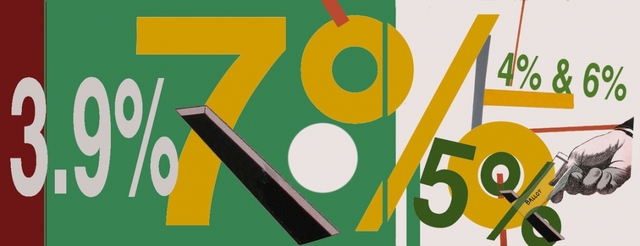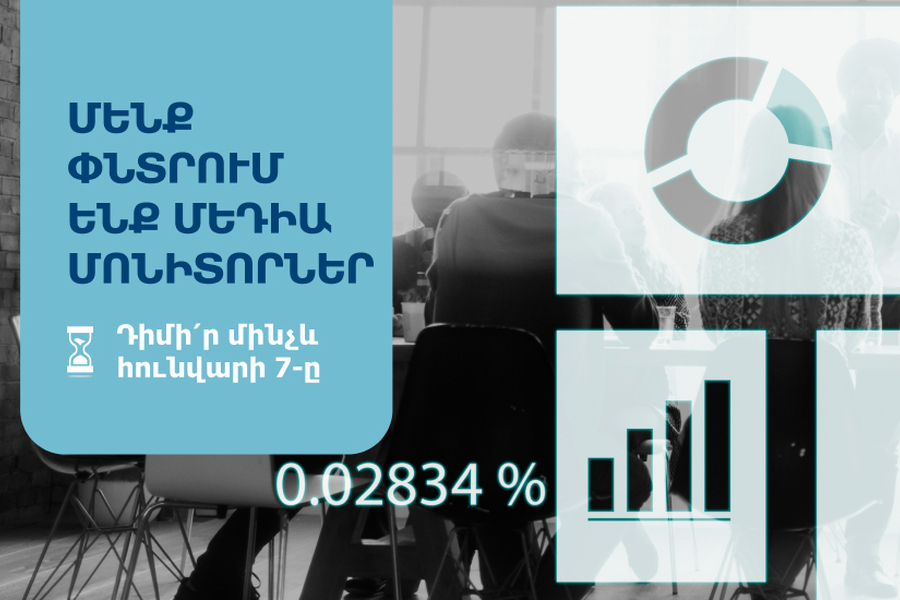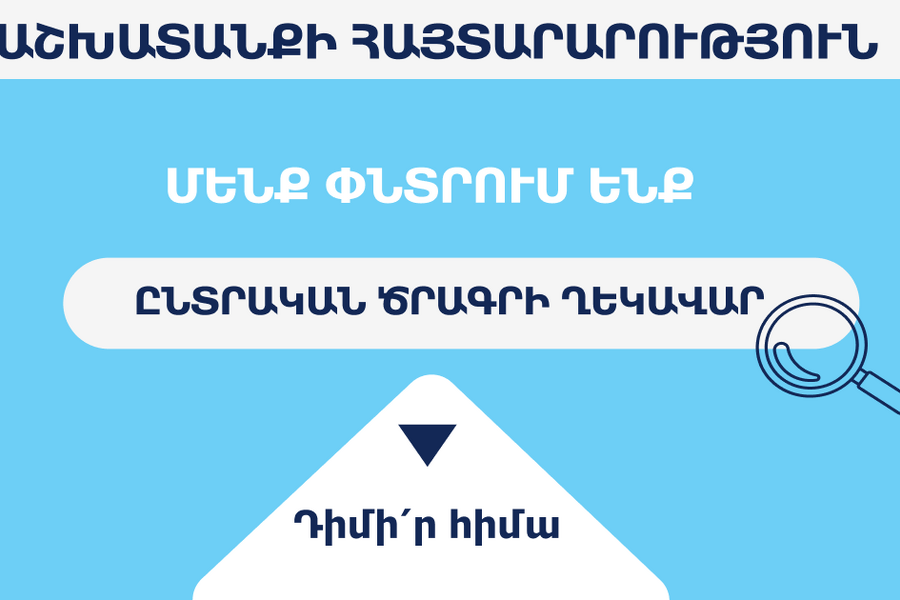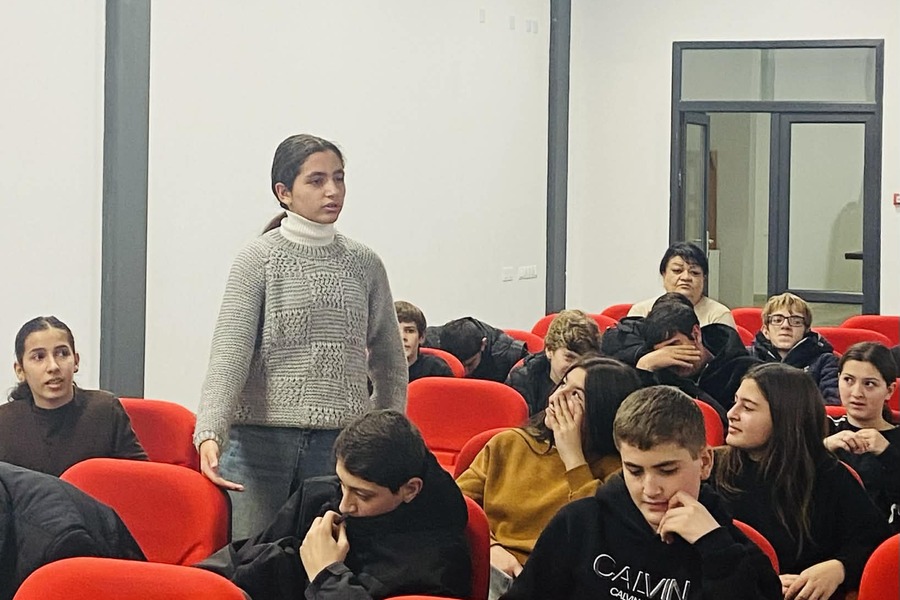Armenia’s New Electoral Code: Thresholds, Alliances, and Coalition Government
In this second part of the series on Electoral Code reforms in Armenia, published in EVN Report, an English-language digital media platform, TIAC intern Harout Manougian looks at the debate taking place regarding the minimum threshold of the total popular vote political parties need to secure to enter the country’s parliament.
When it comes to political parties in national parliaments, two is definitely better than one. Single party states, whether they are communist, nationalist or just kleptocratic, are well-known for cracking down hard against civil liberties. But is there such a thing as too many parties?
That question is up for debate at Armenia’s Parliamentary Working Group and the Prime Minister’s Special Commission on Electoral Reform, the two groups looking to bring forward recommendations on amending the Electoral Code ahead of snap elections promised by Prime Minister Nikol Pashinyan.
In Part I, we explained the party list system of proportional (“hamamasnakan”) representation. For any party to get a single seat under the system, however, they need to surpass a minimum threshold of the total popular vote. Under the current electoral code, that threshold is 5 percent for a single party. Multiple parties can combine forces to present a single list during the election. If they form such an alliance, their threshold is higher, at 7 percent.
Nikol Pashinyan’s Yelk Alliance has proposed lowering those thresholds to 4 percent and 6 percent respectively. Daniel Ioannisyan, Secretary of the PM’s Special Commission, explained that a study of the world’s “most democratic” countries, as defined by The Economist Intelligence Unit, yielded an average minimum threshold of 3.9 percent.
Such thresholds are used to encourage political actors to combine into larger parties.
Theoretically, “fringe” parties at the extremes of the political spectrum would be excluded from parliament if they can’t find partners that are comfortable with their ideology. When a threshold is set too high, however, leaving a significant part of the population unrepresented can become problematic.
Armenia’s neighbour Turkey is famous for having the highest such threshold, at 10 percent. For years, it was effective at preventing Kurdish-sympathetic parties from gaining proportional list seats (though associated independents were still able to get elected). In June 2015, the Kurdish-sympathetic Peoples’ Democratic Party (HDP) finally surpassed the threshold, gaining 13 percent of the vote after its acceptance in western Turkish urban centers as a new progressive alternative (their policies included recognition of the Armenian Genocide).
The impact of Turkey’s 10 percent threshold was most notable in their 2002 election. That year, because there were many parties contesting, 45 percent of the vote went to parties who did not meet the 10 percent threshold. In consequence, Recep Tayyip Erdogan’s Justice and Development Party (AKP) took 66 percent of the seats, despite only winning 34 percent of the votes cast.
At the opposite end of the spectrum, the Netherlands has no official threshold. Any party that collects enough votes for at least one of their House of Representatives’ 150 seats (0.67 percent) is entitled to it. Currently, 13 different parties are represented. Under such a competitive landscape, it is not expected that any single party would be able to gain a majority of the seats. Coalition governments, where groups of two or more parties share power, are the usual way of doing things. The Netherlands’ governing coalition currently consists of four parties and was formed after a record 225 days of negotiation.
In Armenia’s Parliamentary Working Group on Electoral Reform, Republican Party of Armenia (RPA) member Davit Harutyunyan was not enthusiastic about the prospect of such a fractured system for Armenia when he heard Lena Nazaryan of the Yelk Alliance propose lowering the threshold to 4 percent for parties and 6 percent for party alliances. In contrast, the Armenian Revolutionary Federation (ARF) delegation opined that there was room to lower it even further to 3 percent. ARF faction leader Armen Rustamyan was concerned at the distortion that disregarding votes to smaller parties causes. In the 2017 election, the RPA collected 49 percent of the total vote but ultimately gained 54 percent of the 101 proportional seats (we will discuss the further distortion caused by an additional four ethnic minority seats in a future article) after the votes to 5 of the 9 contesting parties (representing 9 percent of the total votes cast) were disregarded due to their failure to reach the threshold.
On July 16, the PM’s Special Commission held a consultation with representatives of several of those parties as well as other Armenian political parties not currently represented in parliament. Anjela Khachatryan of the Free Democrats Party expressed support for the new lower 4 percent/6 percent thresholds. Armen Martirosyan of the Heritage Party and Ani Zakharyan of the New Political Culture Party of Armenia wanted it lowered further to 3 percent/5 percent.
No one has yet questioned the assumption that party alliances should have a higher threshold than lists put forward by a single party. In general, differentiating between the two is a feature more commonly found in eastern European countries. However, if the purpose of thresholds is to incentivize larger political groupings, it seems counterintuitive to then punish alliances with a higher threshold. There is a potential for controversy if a party alliance finds itself in the expanse between the single party threshold and the alliance threshold in a future election. It would be left to speculation whether one of its members could have reached the lower threshold if they contested alone.
Under the current rules, alliances are important because they group multiple parties into one parliamentary “faction.” Currently, a maximum of three factions are allowed to combine to form a coalition government and elect a Prime Minister. Especially with a lower threshold opening the door to a larger number of parties in parliament, the PM’s Special Commission wants to remove that upper limit so that any number of factions can combine to form a governing coalition as long as they represent more than half of the seats. Davit Harutyunyan of the RPA warned against the instability that could result. He pointed to Italy, which, since World War II, has had an average government lifespan not much longer than a year - though, it is worth mentioning Italy’s bicameral parliament adds another layer of complication that would not apply to Armenia’s unicameral National Assembly. Harutyunyan ceded that the limit could be raised to four but should not be removed entirely. His colleague Arpine Hovhannisyan expressed concern that removing the limit could result in a large party with 40 percent support being left in the opposition, which she described as a “turbulent situation”. Sergey Bagratyan of the Tsarukyan Alliance did support removing the 3-faction coalition limit. He added that following representative principles only required the governing coalition to have majority support and that leaving a party with 40 percent support in opposition was totally fine.
In conclusion, thresholds matter. In 2017, the Yelk Alliance, consisting of the Bright Armenia Party, Civil Contract Party, and Republic (distinct from “Republican”) Party, collected 7.8 percent of the popular vote. If only 13,000 of their 122,065 voters had not shown up on April 2, 2017, they would have been completely shut out of parliament, despite still collecting more votes than the ARF, which presented a single-party list. Had the party alliance threshold been 8 percent instead of 7 percent, would there have been a Velvet Revolution?
See the article in EVN Report






